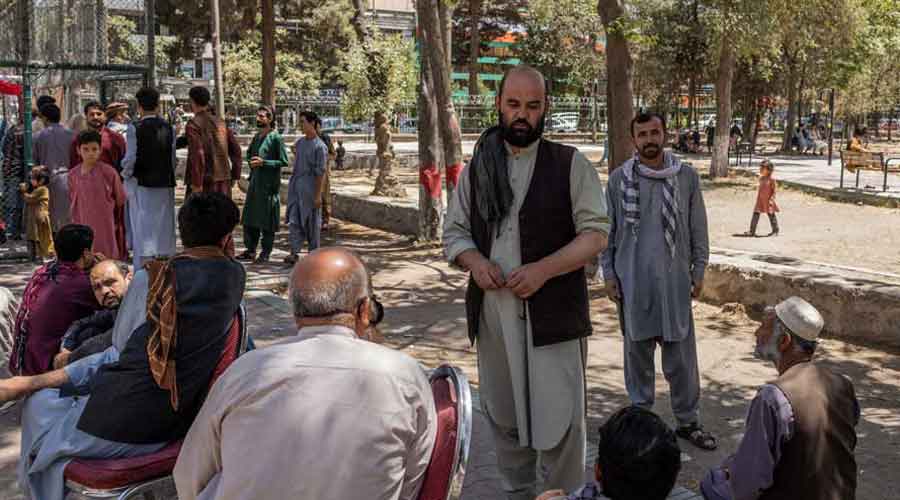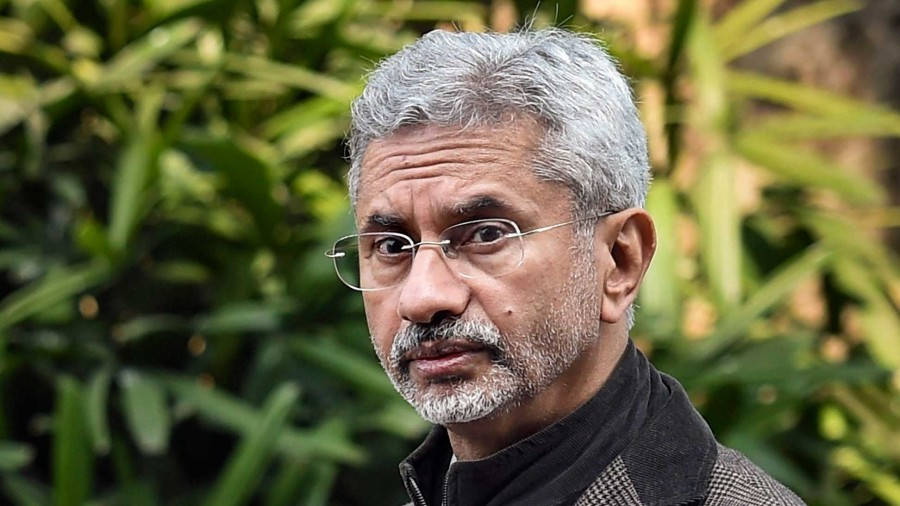Racing down the cratered highways at dawn, Mohammad Rasool knew his 9-year-old daughter was running out of time.
She had been battling pneumonia for two weeks and he had run out of cash to buy her medicine after the bank in his rural town closed. So he used his last few dollars on a taxi to Mazar-i-Sharif, a city in Afghanistan’s north, and joined an unruly mob of men clambering to get inside the last functioning bank for hundreds of miles.
Then at 3pm, a teller yelled at the crowd to go home: There was no cash left at the bank.
“I have the money in my account, it’s right there,” said Rasool, 56. “What will I do now?”
Three months into the Taliban’s rule, Afghanistan’s economy has all but collapsed, plunging the country into one of the world’s worst humanitarian crises. Millions of dollars of aid that once propped up the previous government has vanished, billions in state assets are frozen and economic sanctions have isolated the new government from the global banking system.
Now, Afghanistan faces a dire cash shortage that has crippled banks and businesses, sent food and fuel prices soaring, and triggered a devastating hunger crisis. Earlier this month, the World Health Organisation warned that around 3.2 million children were likely to suffer from acute malnutrition in Afghanistan by the end of the year — one million of whom at risk of dying as temperatures drop.
No corner of Afghanistan has been left untouched.
In the capital, desperate families have hawked furniture on the side of the road in exchange for food.
Across other major cities, public hospitals do not have the money to buy badly needed medical supplies or to pay doctors and nurses, some of who have left their posts. Rural clinics are overrun with feeble children, whose parents cannot afford food. Economic migrants have flocked to the Iranian and Pakistani borders.
As the country edges to the brink of collapse, the international community is scrambling to resolve a politically and legally fraught dilemma: How can it meet its humanitarian obligations without bolstering the new regime or putting money directly into the Taliban’s hands?
In recent weeks, the US and the EU have pledged to provide $1.29 billion more in aid to Afghanistan and to Afghan refugees in neighbouring countries. But aid can do only so much to fend off a humanitarian catastrophe if the economy continues to crumble, economists and aid organisations warn.
“No humanitarian crisis scan be managed by humanitarian support only,” said Abdallah Al Dardari, the UN Development Programme’s resident representative in Afghanistan. “If we lose these systems in the next few months, it will not be easy to rebuild them to serve the essential needs of the country. We are witnessing a rapid deterioration to the point of no return.”
Under the previous government, foreign aid accounted for around 45 per cent of the country’s GDP and funded 75 per cent of the government’s budget, including health and education services.
New York Times News Service











